Mastering Chord Progressions: A guitarist’s guide to harmony
Helping you to write better songs
Mastering chord progressions is essential for unlocking the true potential of your instrument. Stay tuned as we look at what they are, and how to use them effectively.
Mastering Chord Progressions: Quick Maths Lesson
Firstly, to get moving with chord progressions, we need to drop our guitar for a couple of minutes. Did you know that all chords have numbers? That’s right, letters correspond to numbers.
Let’s say we’re in the key of C major. This key has eight pitches within it, including an octave. C being chord I, E being III and B being VII. Now, it’s important to remember that whichever number you’ve got in one key, will be different for another.
Whereas E was chord No.3 in C major, it falls as chord No.7 in the key of F#m. Each number corresponds to a chord, but not only that; an emotion. The relationship that each chord has with another chord creates varying sounds for the listener. Let’s have a look at what sounds we can achieve.
Common Chord Progressions
As aforementioned, the older that you put your chords in is detrimental to the overall sound of your composition. Across Western popular music, there are common orders that musicians like to use.
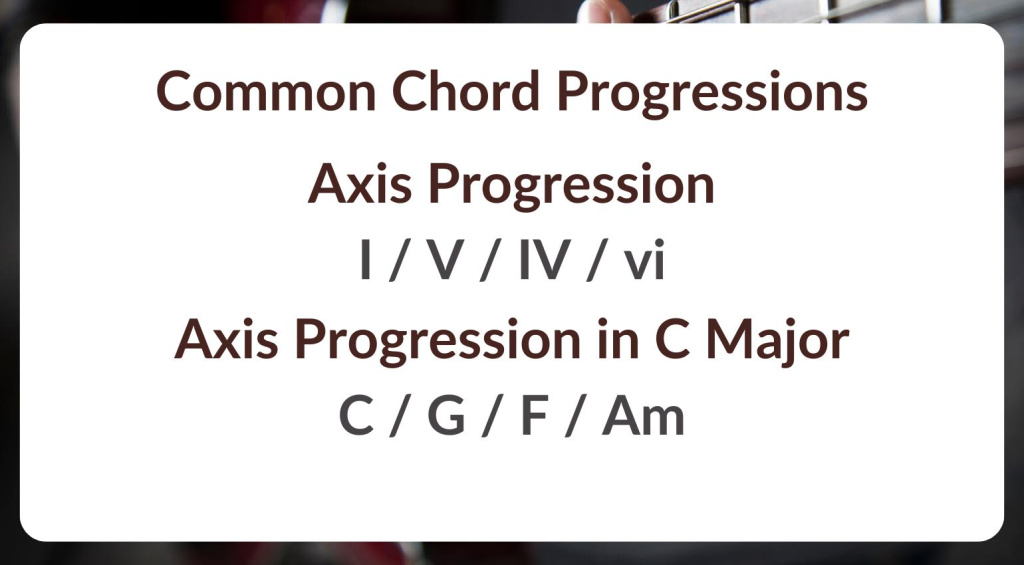
Above, we’ve got arguably one of the most popular chord progressions ever. If you want to write a tasteless, bland and recycled pop hit, then, this is for you! Starting with C, the root note, means that every time we work around the progression, we feel a sense of resolve and conclusion.
Furthermore, using a minor chord just before the chord progression repeats, creates contrast, ready to be resolved by that root note. The best thing about this is that you can transpose it to any key that you like. The order of chords remains the same, however the actual chords change. Overall, we only alter the pitch.
Cadences
Ultimately, cadences have the final say as to what impression is given to the listener. By definition, a cadence is a two-chord progression that occurs at the end of a phrase. Which two chords you use has a huge bearing on what sound you end up with.
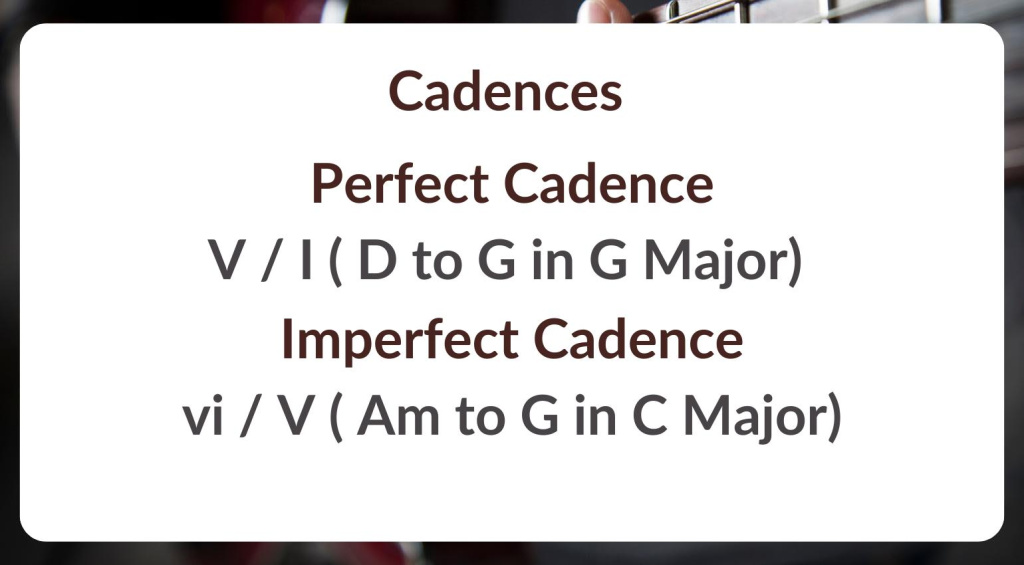
Looking at the image above, we have two examples of alternate endings. A perfect cadence sounds complete and finished. This means that we have gone from the fifth to the first chord of our key. However, an imperfect cadence sounds unresolved and incomplete. This is no bad thing!
This example uses the sixth chord to the fifth chord in C major. In this instance, we have moved down by a whole step, one tone. Overall, this doesn’t sound too bad. Generally, though, you want something to sound as clean as possible, and a perfect V to I will do that for you.
Naturally, there are additional cadences that we can choose from:
- Perfect / Authentic = V to I
- Imperfect / Half = Any chord to V
- Plagal = IV to I, ‘amen’
- Interrupted = V to VI, sounding unfinished
Blues Chord Progression
Having looked at common chord progressions and cadences, let’s delve into another genre of music. Having as much experience as possible will no doubt help you to master chord progressions.
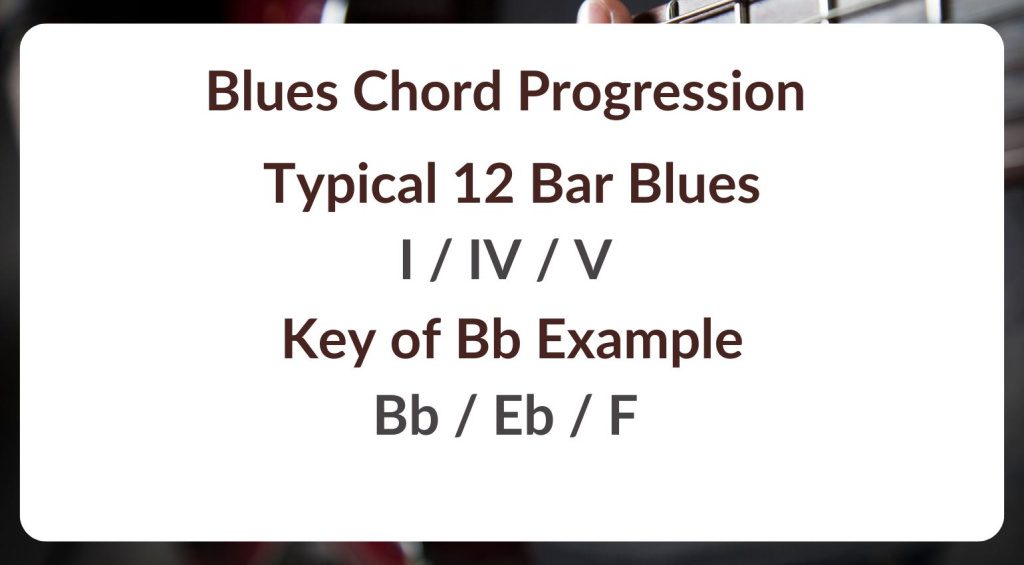
Name me any rock/blues song from the 50s, 60s, 70s and beyond and I guarantee that you’ll find this order. A necessity amongst every jamming guitarist everywhere, the I / IV / V is a six-string staple! Here, I’ve used the key of Bb, as Chuck Berry’s Johnny B. Goode is in this key. It may be cheesy, but it’s a classic.
Fitting perfectly over the pentatonic and blues scales, this blues chord progression opens up so many doors for players. Moreover, you can just move this order anywhere on the neck and boom, you’re in a new key effortlessly.
Mastering Chord Progressions: Voicings
Concluding our look at chord progressions, we’ll look at how we can modify certain chords to add a little bit of spice.
Let’s quickly go back to our cadences, the perfect cadence specifically. To make this sound a little bit better, we could use a D7 chord as opposed to a regular D. Adding the 7th on top gives that extra edge over a usual chord.
Overall, different voicings are a simple and effective way to change how our chords sound. Just by adding a few extra notes here and there. Major 7th, minor 7th, slash chords and octaves all have this effect. Check out these versions of G and C, and that’s not all of them!
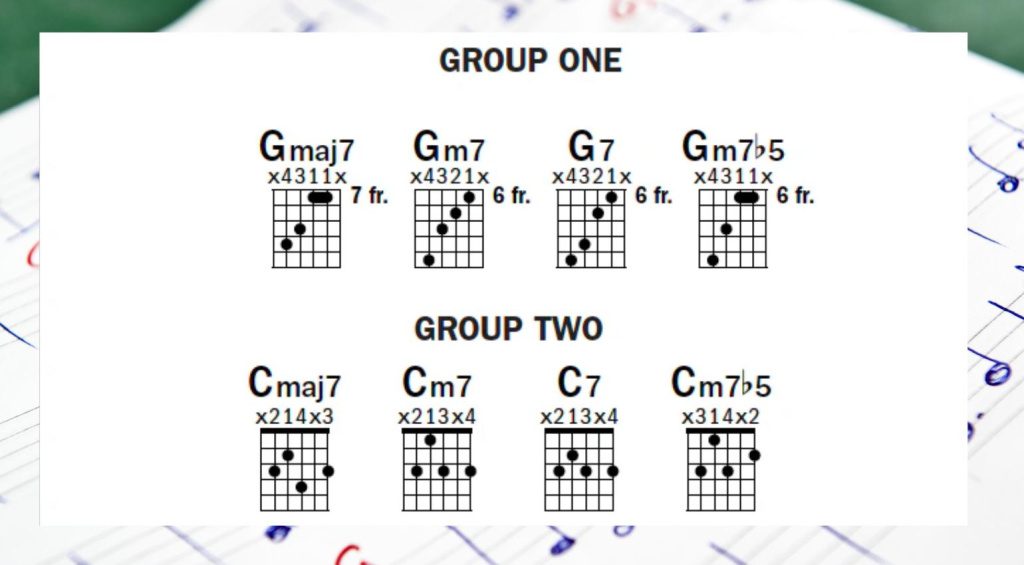
Even a simple 7th is enough to switch things up. Some of you may wish to play C / Am / F / G7. Which are chords I / vi / IV / V7. We’d put the 7 next to the Roman numeral for five. Thus avoiding confusion between the chord order and the different voicings.
Mastering Chord Progressions: No.1 Hit incoming?
Mastering chord progressions is an ongoing journey for guitarists, but with dedication and practice, you can unlock a world of possibilities.
Whether you’re strumming along to a familiar progression or crafting your own musical masterpiece, understanding the fundamentals of harmony is essential for expressing yourself via the guitar. So pick up your instrument, explore new chord progressions, and let your creativity soar.
Essential Guitar Gear to consider:
Chances are, you’ll have all of these. But! It’s good to have spares lying around. *Thomann has everything you’ll need gear-wise when it comes to mastering chord progressions.

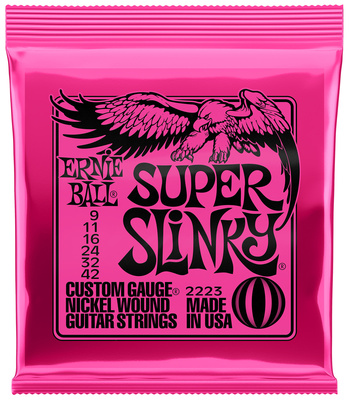

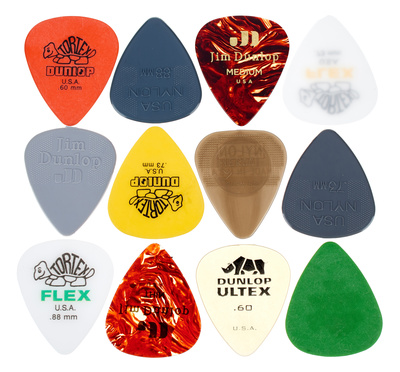

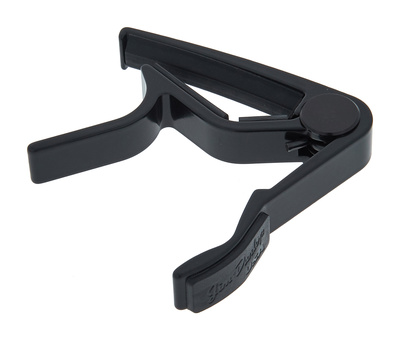

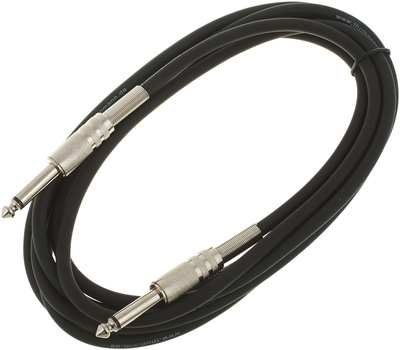
Videos:
Further Information:
*This post contains affiliate links and/or widgets. When you buy a product via our affiliate partner, we receive a small commission that helps support what we do. Don’t worry, you pay the same price. Thanks for your support!
One response to “Mastering Chord Progressions: A guitarist’s guide to harmony”

 4,1 / 5,0 |
4,1 / 5,0 | 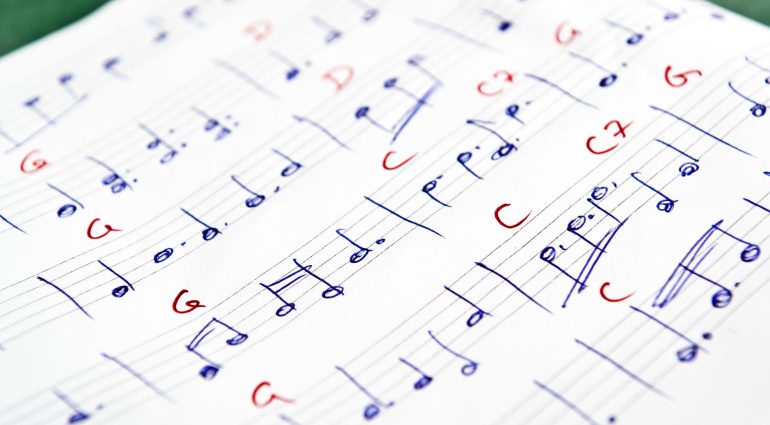


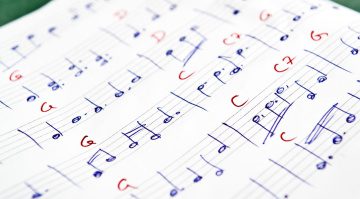






You shouldn’t cross your 7s. In some countries, it means, major seventh, and others. It means half diminished